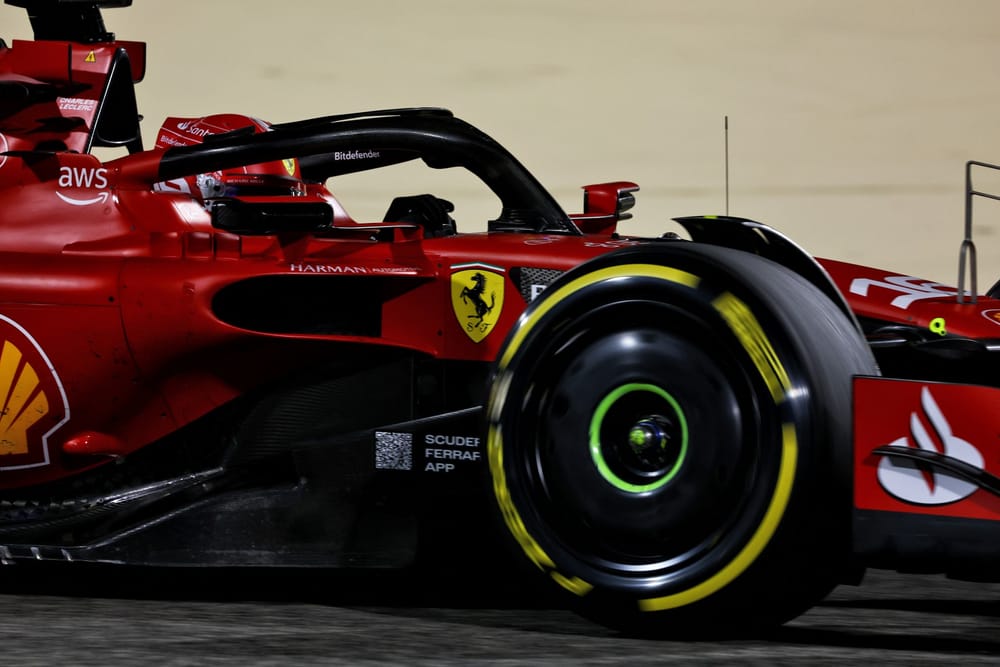Formula 1 teams had free choice of Pirelli’s full range of F1 tyre compounds for pre-season testing in Bahrain, free from the restrictions that usually apply for a grand prix weekend.
For each race weekend, Pirelli picks the three slick tyre options teams can select from, but for the test, teams were allowed to choose from all six slick tyre options - including the new-for-2025 C6 tyre, the softest in the range.
Pirelli has now revealed the choices teams have made for the test, which gives a first hint of what we can expect in the days ahead.
A flash of the new tyre
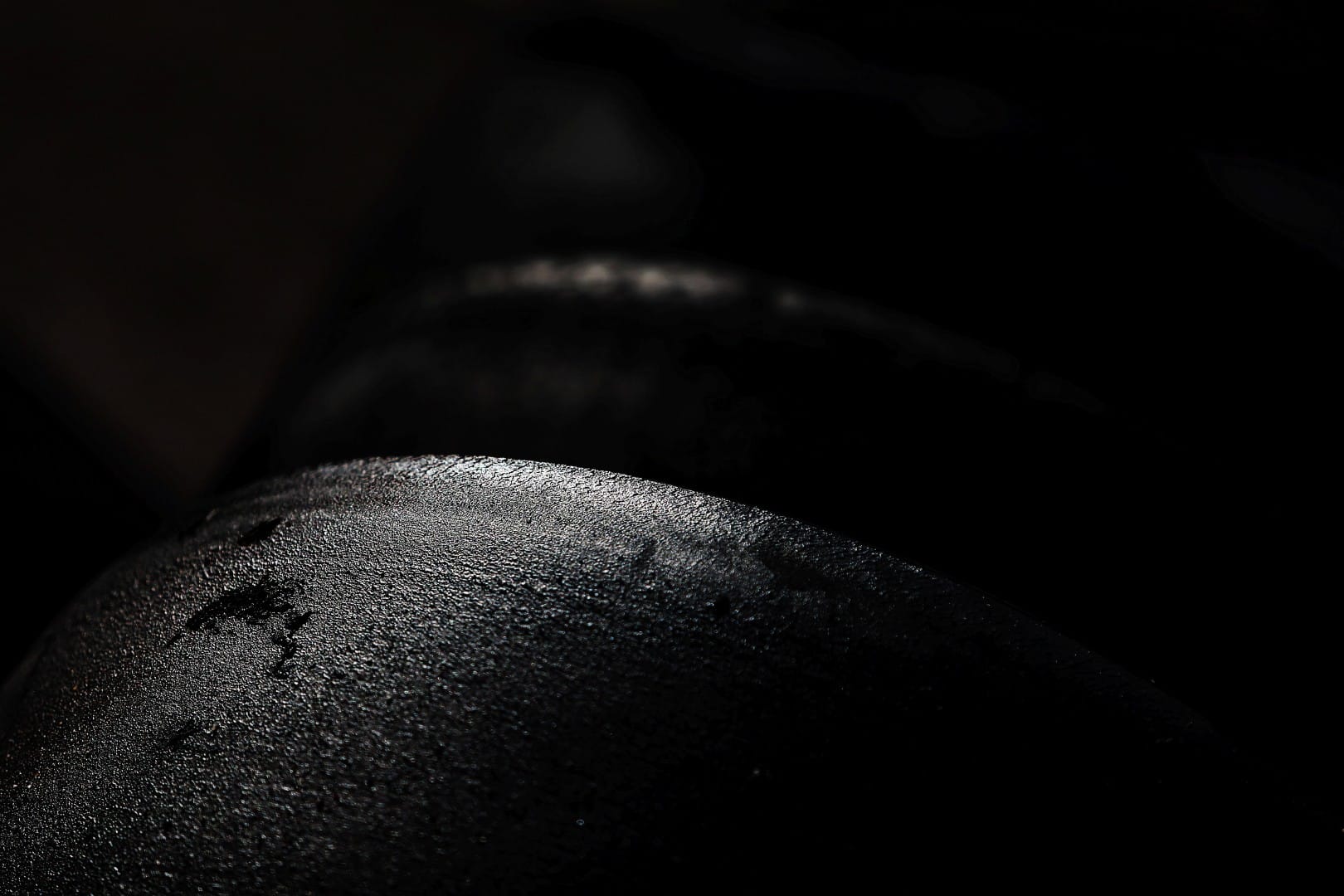
Each team can choose 35 sets of tyres across the slick and intermediate/wet tyre range (they can only use 30 of those) but only two teams have chosen to take any of the new C6 tyres, with Ferrari and Williams picking a set of C6s each.
The new C6 tyre has been introduced to spice up racing at street tracks like Monaco with theoretically better peak performance offset by more tyre degradation.
Pirelli usually brings the three hardest compounds in the range to the Bahrain Grand Prix, the C1-C2-C3, with the C6 tyre unlikely to be used before Monaco in May hence why it’s been such an unpopular tyre of choice.
It’s very questionable whether the peak performance of the C6 would even last for a single flying lap in Bahrain, but if the temperature drops, it’s worth keeping an eye out for red-walled C6 tyres appearing on a Williams or a Ferrari.
Softer tyres in decline
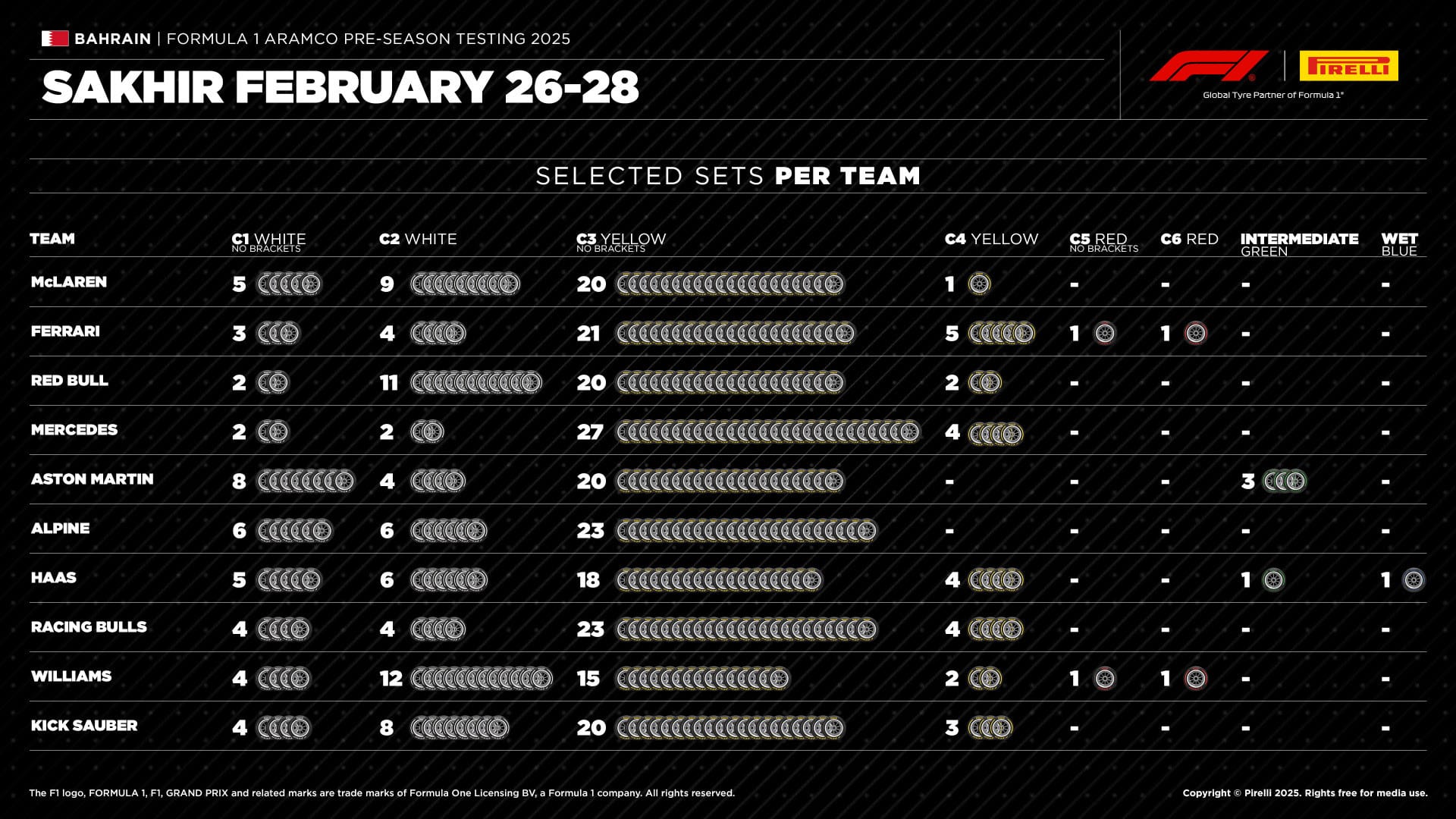
It’s not just the new C6 tyre that teams are snubbing but the softer tyres in general with 32 sets of C4-C6s being picked by teams this year compared to 40 sets of the two softest compounds C4-C5s in 2024.
That will of course be partly because the C3 tyre is the most used compound across the season and also the softest tyre available on the Bahrain GP weekend - so the C3 is also the qualifying tyre of choice.
How to tell the tyres apart in Bahrain
C1 - White sidewalls (no brackets)
C2 - White sidewalls (brackets)
C3 - Yellow sidewalls (no brackets)
C4 - Yellow sidewalls (brackets)
C5 - Red sidewalls (no brackets)
C6 - Red sidewalls (brackets)
Intermediate - Green sidewalls
Wet - Blue sidewalls
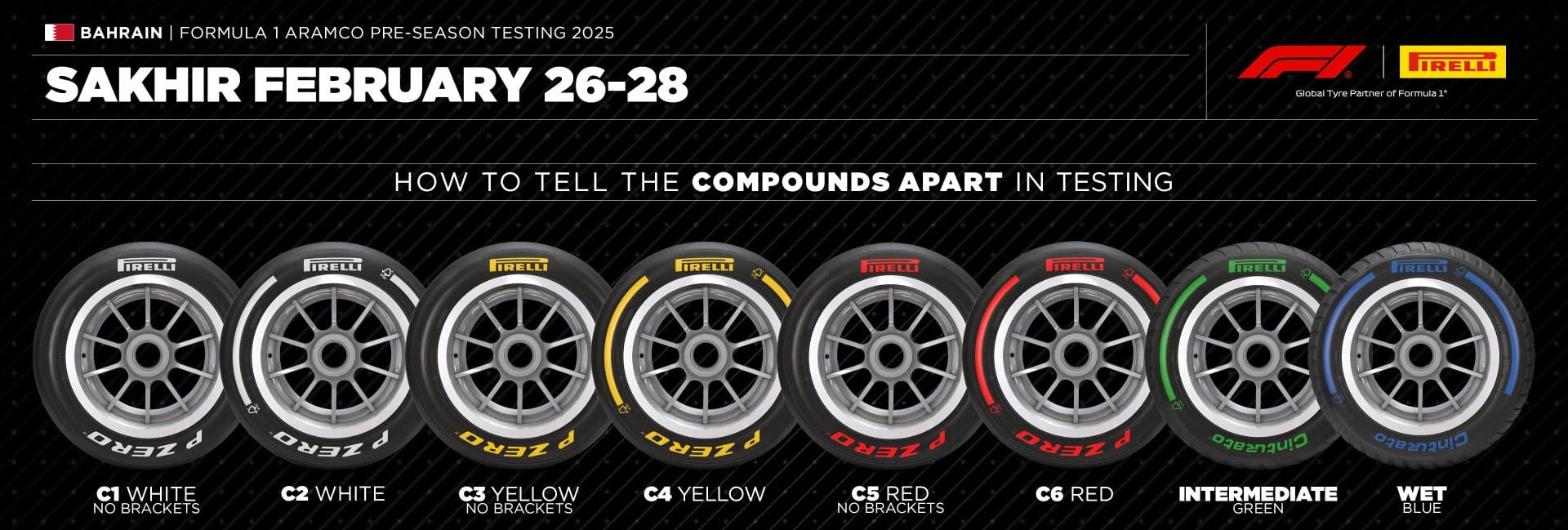
The top four fastest 2024 testing times were set on C4s last year and eight of the 10 teams have brought them this year so that trend could repeat.
Aston Martin and Alpine are the only two teams without C4-C6 tyres. As was the case with the C6s, both Ferrari and Williams are the only teams to choose the C5s.
Ferrari has more C4s available than any other team (five) so it would be the safest bet for a leaderboard-topping time at some stage during the three days, with a pair of C5s and C6s also in reserve.
Aston’s unusual choice
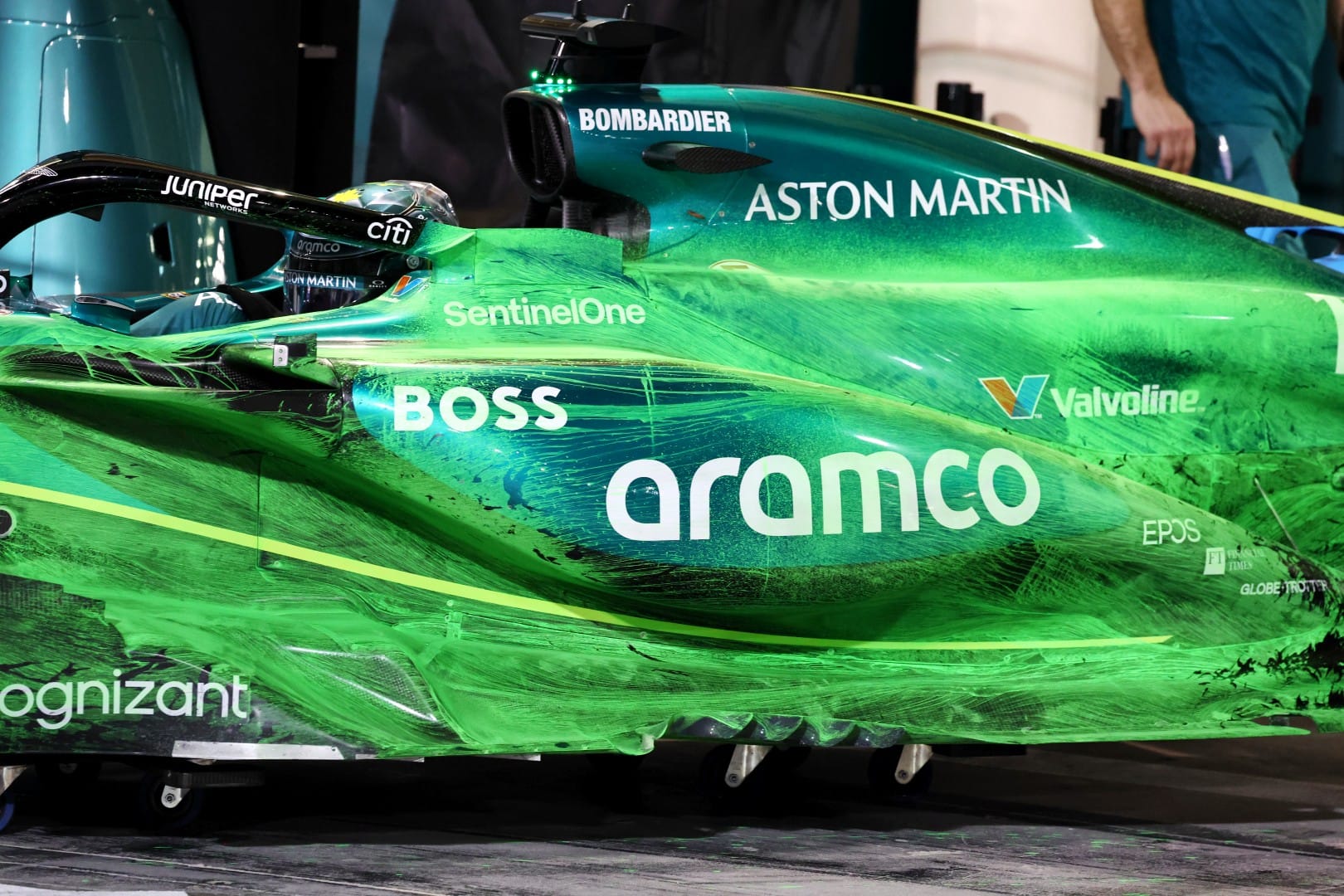
Last year every team was allocated two sets of intermediates and wet tyres as standard but given there’s no rain forecast and cost-saving considerations, teams had a free choice of whether to bring any non-slick tyres at all.
Only Haas and Aston Martin have chosen to bring any at all but what’s most surprising is the quantity of Aston’s selection.
While Haas has chosen to bring a single set of intermediates and wet tyres, Aston has chosen to bring three intermediate sets.
As teams won’t use at least five of the 35 sets they’ve chosen, technically Aston could hand back all three sets of intermediates but it being such an outlier choice suggests Aston has a good reason to want to test its car out with intermediates on a dry track.
How the tyres have changed
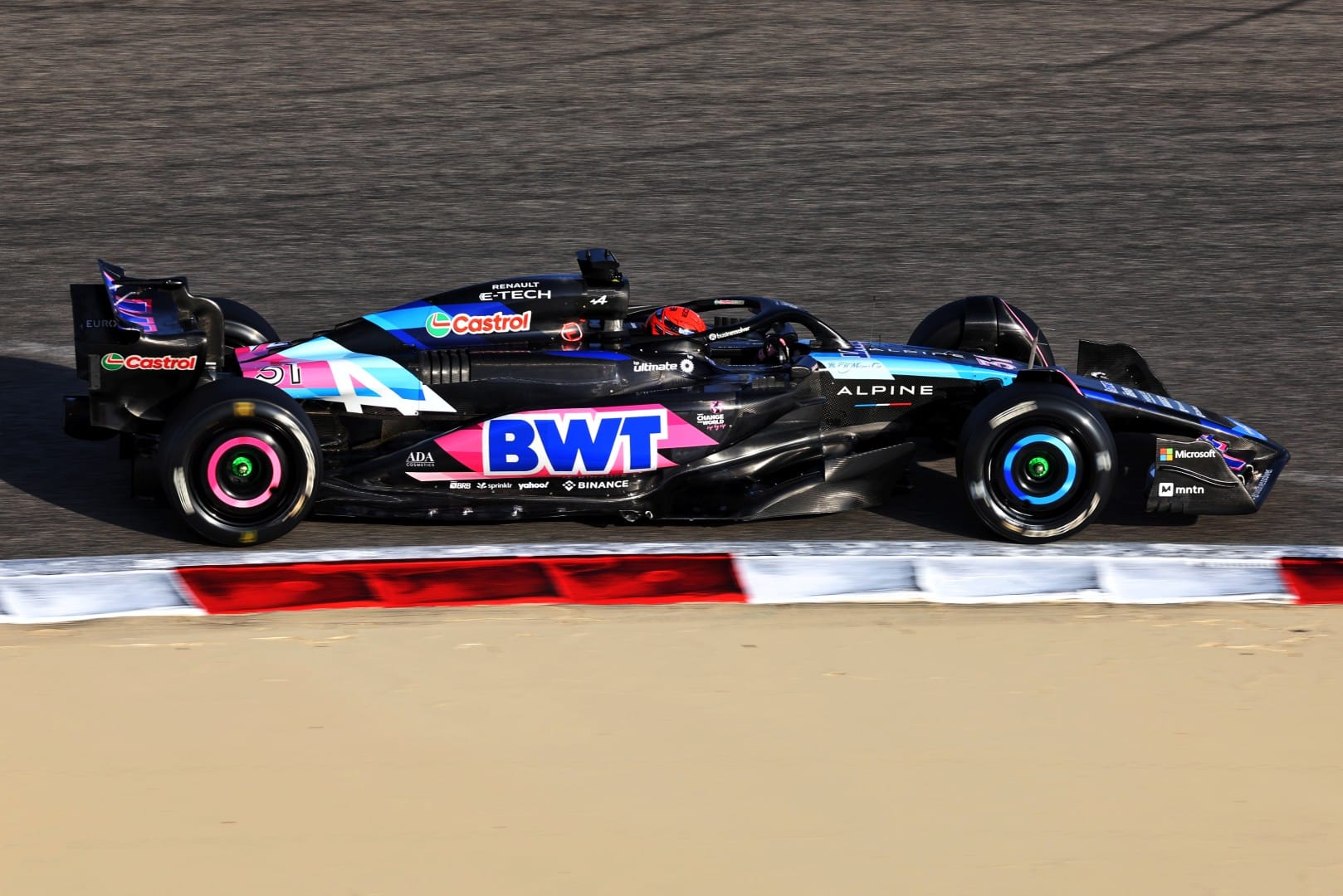
It’s not just the C6 tyre that’s new as changes have been made to Pirelli’s existing slick compounds.
Pirelli says the hardest C1 remains similar to the previous version but there’s now a bigger step between the C1 and C2 tyre. The C2 tyre is closer to the C3 tyre.
Work has been done on the C4 and C5 tyres to try and reduce the possibility of graining appearing on the tread surface - as that is the enemy of close racing.
Given it’s testing rather than a race weekend, we’re unlikely to know until the early races if Pirelli has achieved an important objective for F1 2025’s raceability but when drivers are following other cars they may get the first clues.

